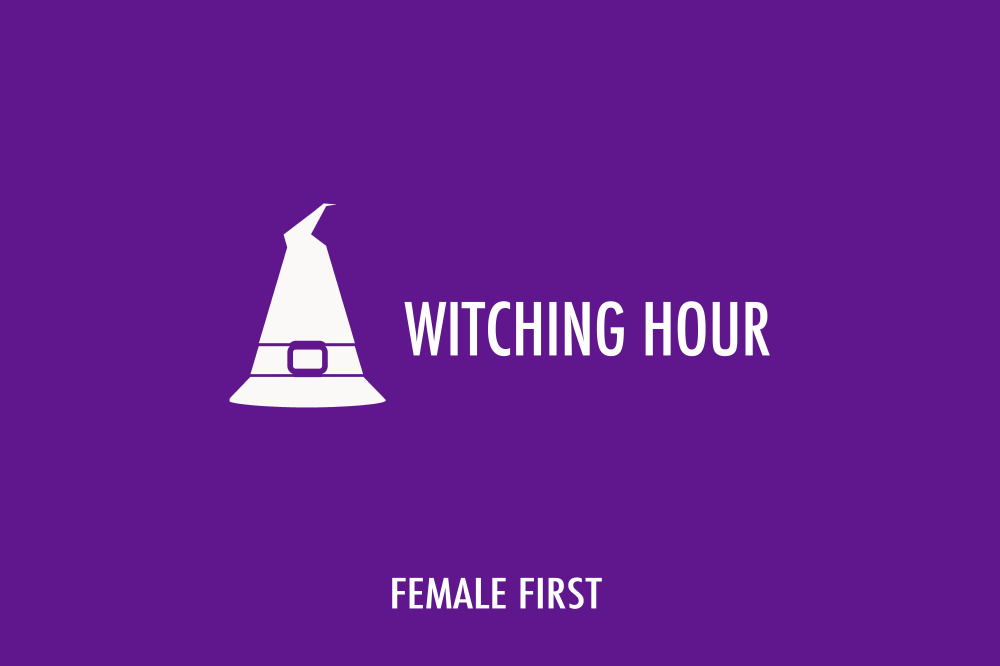When it comes to witch hunts, there are plenty of common nonsense tropes associated with this period of history thanks to inaccurate retellings in movies, TV shows and books. Here we debunk some of the most common myths and misconceptions about historic witch trials.

Witching Hour on Female First
1. Witch trials took place in the Middle Ages
The time period for the majority of witch trials gets very confused as many people think of them as occurring during the medieval period, but actually witch hunts peaked during the 17th Century which was a hundred years after the Middle Ages. The well-known Salem witch trials of colonial Massachusetts came even later, taking place in the 1690s.
2. Women were the only ones accused of witchcraft
Most people who were tried as witches were women, it's true. But you'd probably be surprised at the true percentage of victims who were actually men. Up to a quarter of those executed for witchcraft were in fact men, and up to 80% of those accused in Ukraine, Russia and Finland were men.
3. Healers and herbalists accounted for most of the people accused of witchcraft
While you were certainly likely to arouse suspicion of you practised healing during this time, you'd probably be relatively safe so long as you didn't get any complaints. In fact, those faced with accusations of witchcraft were usually just people that family or society wanted rid of; the poor, the elderly and the widowed. Those with few allies to defend them.
4. The Spanish Inquisition was to blame for witch hunts
One of the most well-known offshoots of the Catholic Inquisition and established in the 15th Century, the Spanish Inquisition like all similar institutions was formed to combat heresy, not witchcraft. In fact, the Inquisition were encouraged to stay away from such matters as it indicated that they also believed in these so-called heretical beliefs.
After the publication of the Malleus Maleficarum (a book detailing ways to find a kill supposed witches), the Spanish Inquisition were warned to take it with a pinch of salt. Of course, that isn't to say the Inquisition was not responsible for ANY witch executions.
Furthermore, many think it was the Church who was responsible for hunting down alleged witches, but witchcraft actually became a matter for the law to deal with, not the church, after practises were made illegal with legislation such as Parliament's 1542 Witchcraft Act which named witchcraft a crime punishable by death.
5. People were executed for Pagan practises
Jules Michelet's 1862 book La Sorciere suggested that many supposed witches who were executed were following a pagan religion, a theory that was given more weight with Margaret Murray's 1921 book The Witch-Cult in Western Europe and 1931's The God of the Witches. Such volumes have been frequently dismissed by Early Modern experts, as there's little to no evidence of any prevailing pagan religion amongst the accused.
6. Millions were killed during witch hunts
Millions did die between 1600 and 1700, but that was largely because of a series of Great Plagues that broke out across Europe. The figure for witch executions is usually estimated between 40,000 and 50,000; approximately half of those that were actually accused. Interestingly, we never hear much about those who were let off.
7. Salem witches were burned at the stake
It's true that many accused witches were burned for their alleged crimes in Europe, but none were burned in America during the historic Salem witch trials. They were hanged instead, like plenty of others across the world. In England, people were more commonly hanged too. It's also a myth that the accused often drowned during "Swimming Tests"; this test which supposedly "proved" someone was a witch if they floated in water was not as common as some may have thought, and they were usually quickly rescued if they sank.
Tagged in Witch witchcraft

